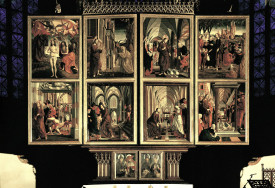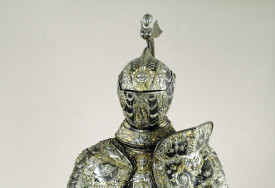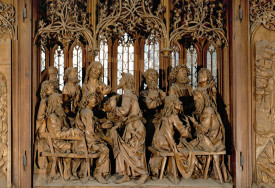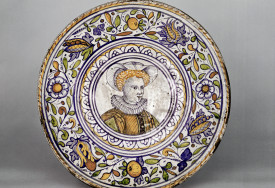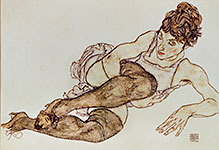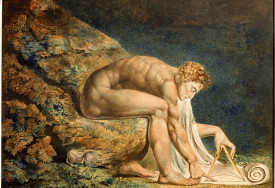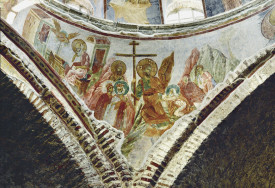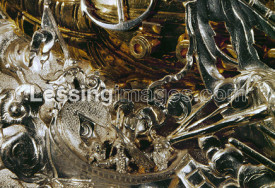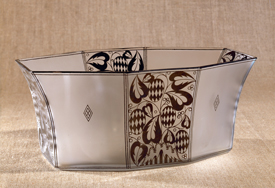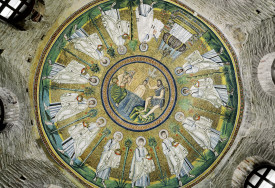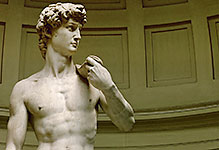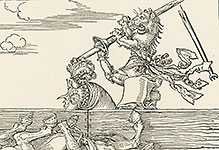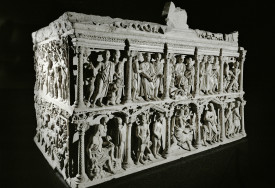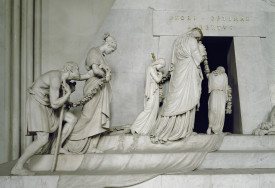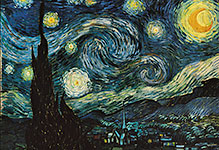
Fine Arts
Painting, Watercolour, Plastic Arts, Woodcuts, Etching, Drawing.

#030101 9
Nakhthorheb,Prince and ritual chief priest, kneeling in adoration.Du...

#03010111
Pharaoh Sesostris III (1878-1840 BCE) in old age. Found in the temple at...

#03010130
Female torso, probably Nefertiti, wife of Pharaoh Amenophis IV Akhnaton (1365-1...

#03010136
Wooden models showing bakers at work, 12th dynasty, around 1900 BCE.The faces o...

#03010137
Head of Amenemhet III, 12th dynasty.Granite head with damaged nose. The pharaoh...

#030102 2
Red granite block of Khufu (Cheops), Egyptian, 4th Dynasty, c2500 BC. Block bear...

#03010219
Osorkon I,pharaoh.Sandstone, H: 60 cm,end 19th BCE. This bust of Osorkon (aroun...

#03010233
Painted bust of young Pharaoh Tutankhamun (1346-1337 BCE) with lotus leaf shaped...

#03010234
Portrait of Pharaoh Tutankhamun (1346-1337 BCE). This marvellous, life size mas...

#03010235
Reverse side of the throne of Pharaoh Tutankhamun (1346-1337 BCE) with four gold...

#03010238
Gold vase with corn-shaped decorations and engraved with lotus and flowers. Za...

#03010254
Portrait of a young woman from the Fayum Cemetery. Around 161-180, period o...
